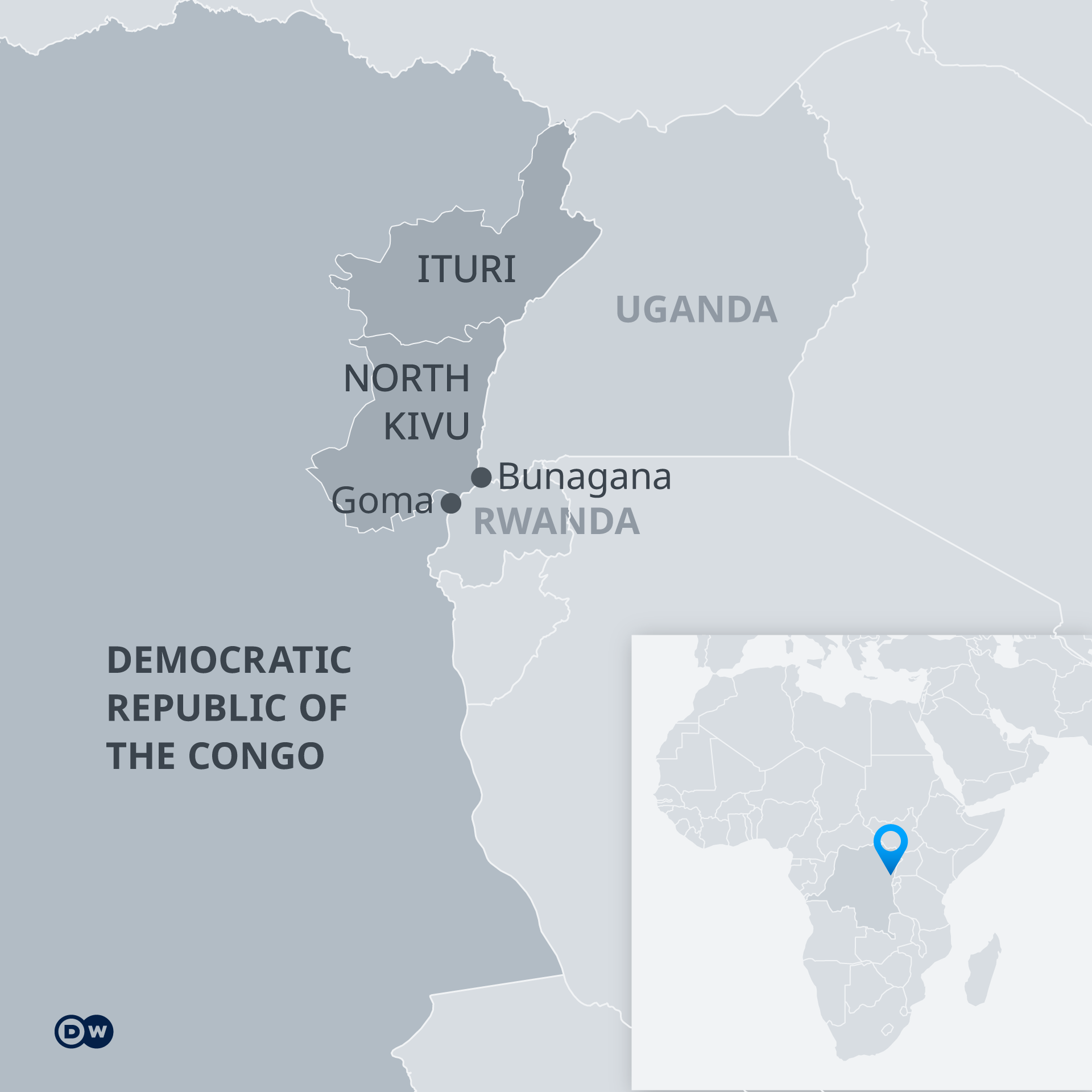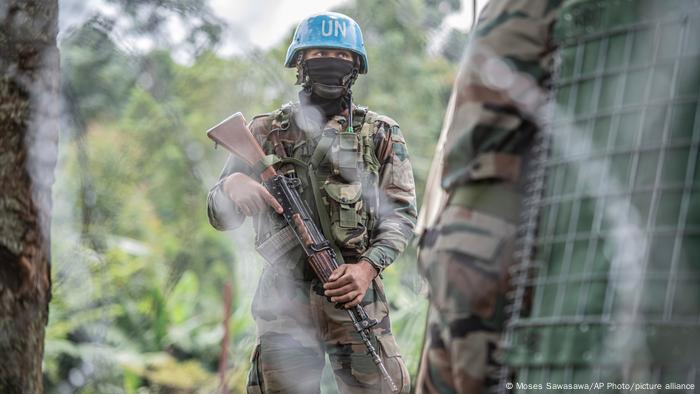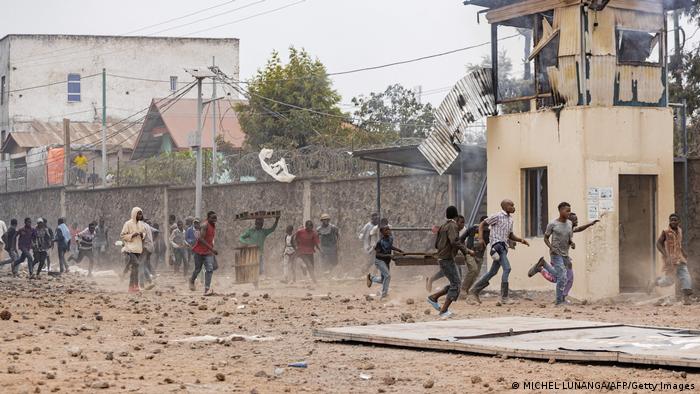Nepal struggles to control a dengue outbreak
Dengue cases have been recorded in 75 out of 77 districts throughout the country, including remote hilly and mountainous regions.
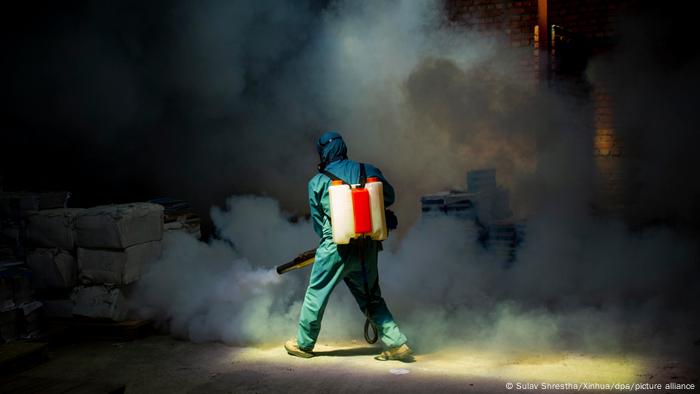
Dengue is a mosquito-borne disease transmitted by female Aedes aegypti
and Aedes albopictus mosquitoes
Nepal has been battling a dengue outbreak, with the country recording over 17,500 infections and 21 related deaths in the past few months.
The surge in dengue case numbers comes just as the COVID health crisis in the Himalayan nation was subsiding, with daily new coronavirus infections dropping to below 500.
According to the health ministry, dengue has been recorded in almost all of the country but experts say that most infections are going unreported and that the authorities can only record a small percentage of the total cases.
Sher Bahadur Pun, chief of the clinical research unit at Sukraraj Tropical and Infectious Disease Hospital (STIDH) in Kathmandu, said that many patients don't visit health care centers to seek treatment as they consider the disease a seasonal viral infection and are aware that there is no specific treatment for dengue.
"In some affected areas, entire familes have been infected. But only one or two family members have visited doctors, and only these cases are being recorded," he told DW.
Runa Jha, director of the National Public Health Laboratory (NPHL) in Kathmandu pointed out the lack of adequate monitoring and testing capacities.
"In the case of the dengue outbreak, many cases might have gone unreported in the absence of fixed testing labs and due to the lack of systematic databases like the one we had during the COVID-19 pandemic," she said.
Avoiding mosquito bites is key
Though dengue, which primarily occurs in tropical and sub-tropical regions, is often mild it can be fatal in some cases.
It is a mosquito-borne disease transmitted by female Aedes aegypti and Aedes albopictus mosquitoes. The same vector also transmits the chikungunya, yellow fever and Zika viruses, according to the World Health Organization.
Symptoms of dengue include mild to high fever, severe muscle pain, rashes, severe headache, and pain in the eyes.
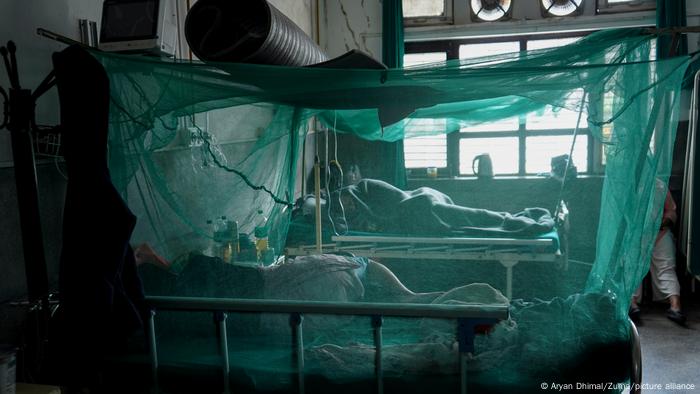
Many dengue patients in Nepal are reportedly using strong painkillers
and antibiotics without prescription
Nepal already experienced a major dengue outbreak in 2019, in which six people died and over 17,000 were hospitalized.
Health experts have long called on the government to put in place effective measures to prevent the spread of disease.
Jha said that authorities need to launch a campaign to eliminate mosquito breeding sites and raise awareness about the precautions people need to take.
She added that measures should be taken to avoid mosquito bites in schools and offices as well as at home.
"Dengue prevention and control depend on effective vector control measures. The best way to this effect is taking necessary precautions by people and communities themselves."
Outbreak could last weeks
The government has faced criticism for its handling of the current outbreak so far.
Pun blamed authorities for not paying enough attention to warnings from public health experts and putting in place proper measures.
"Even though awareness campaigns and disinfection drives have now begun, they won't be effective as dengue-virus-infected mosquitoes have already reached our homes," he said.
Speaking at a public function on Tuesday, Gagan Thapa, a former health minister and senior leader of the ruling Nepali Congress party, said that all tiers of government — federal, provincial, and local — had failed to come up with a coordinated response.
Responding to the criticism, Roshan Pokharel from the health ministry, told DW that the government had initiated public awareness campaigns as well as stepped up efforts to destroy the possible breeding sites of mosquitoes.
However, he acknowledged a lack of coordination among authorities and predicted that the current outbreak could last another four to six weeks due to the rainy season.
Battling medicine shortages
Another health ministry official, who asked not to be named, said that the government was considering declaring a dengue epidemic in the country, in the hope that it would improve coordination among various branches and tiers of government.
In recent days, reports have emerged that health facilities are struggling with shortages of medical testing kits as well as vital medicines such as paracetamol, which doctors recommend to bring down fever and ease body pains.
Many patients are reportedly using strong painkillers and antibiotics without prescription.
Ramesh Koirala, a cardiologist, said that using such medicines without consulting a physician could lead to severe health problems — and sometimes even death.
Edited by: Srinivas Mazumdaru
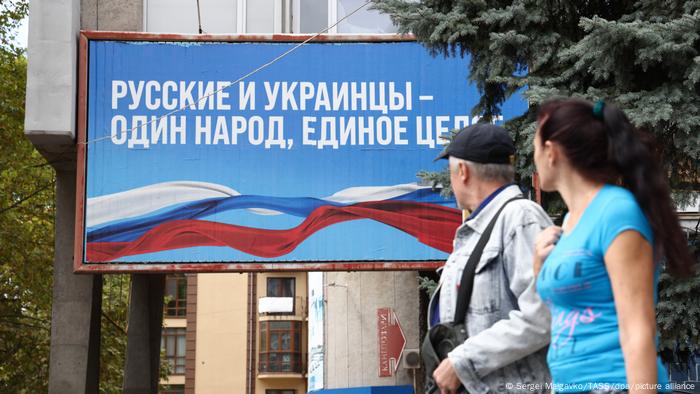
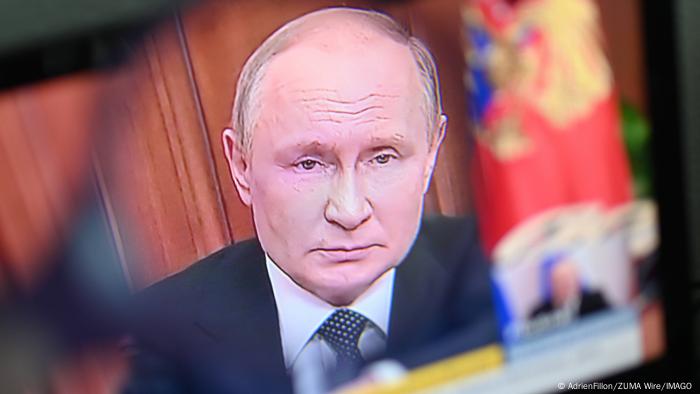
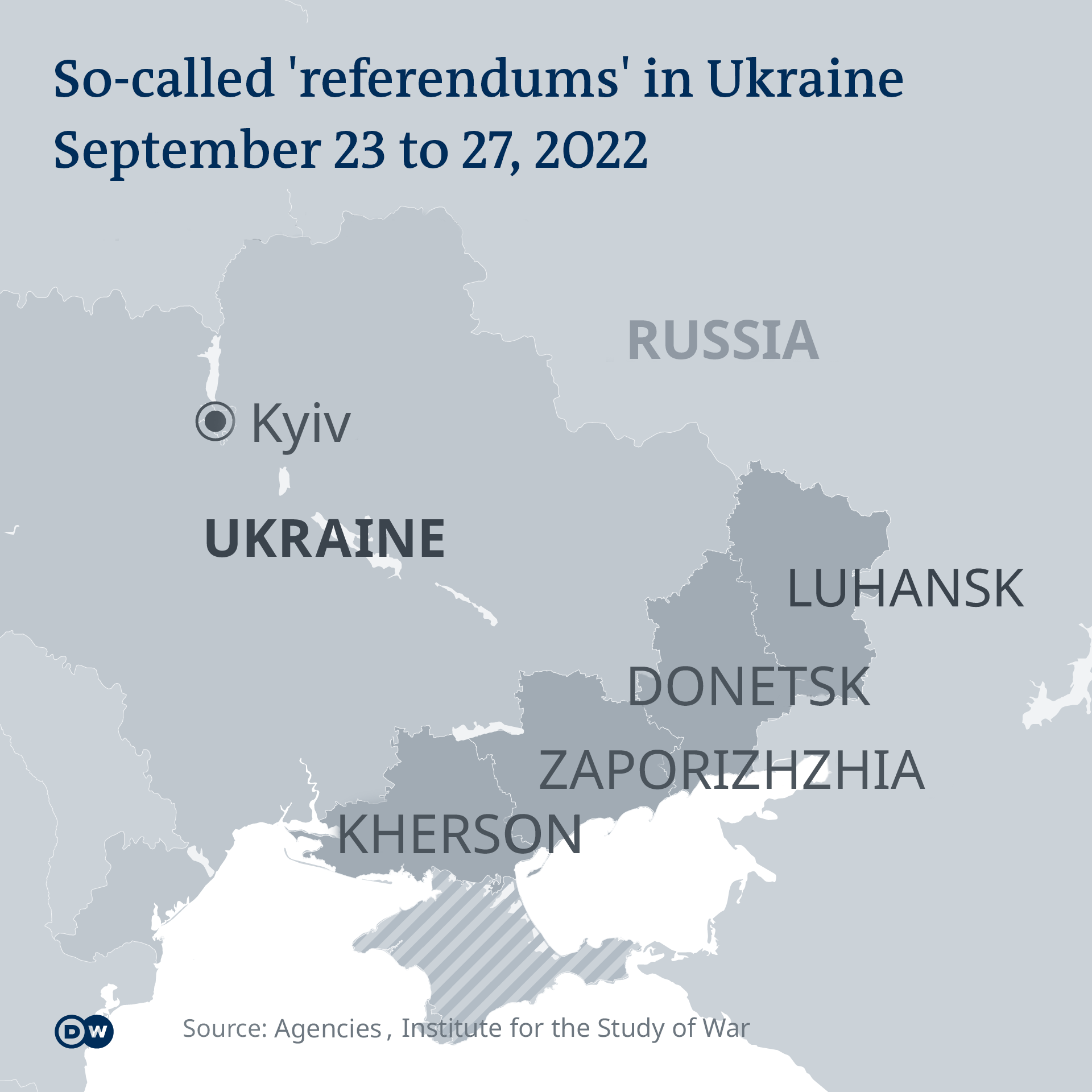
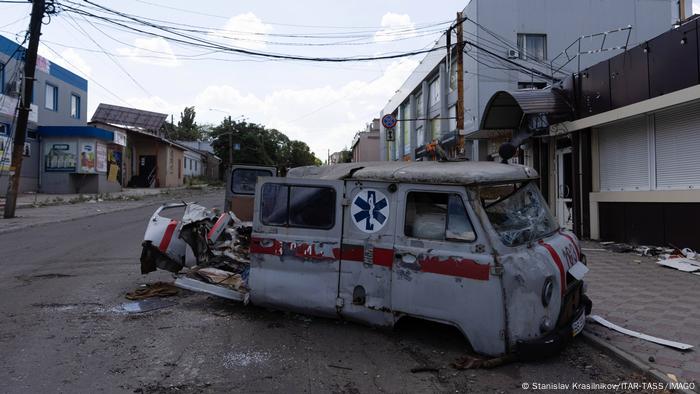

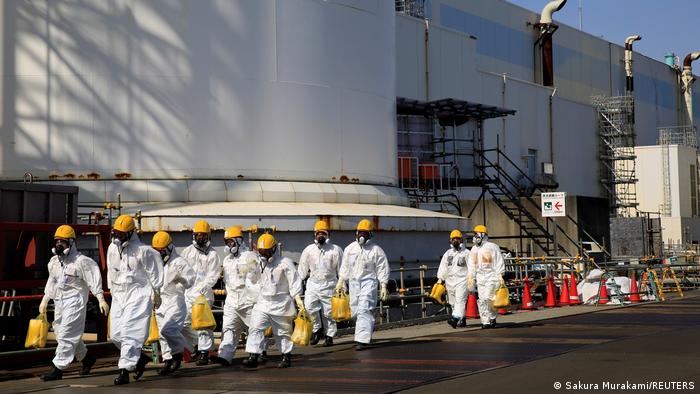
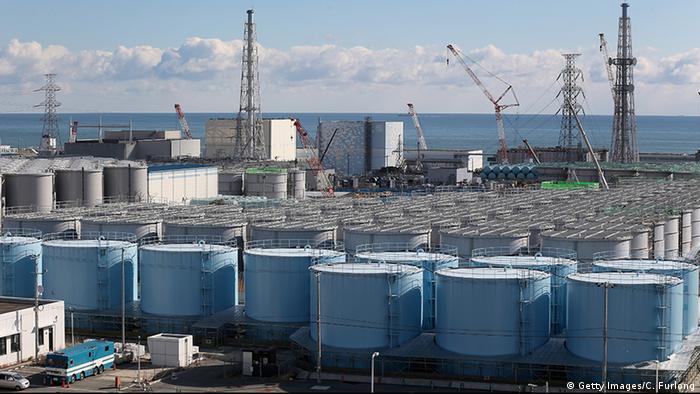

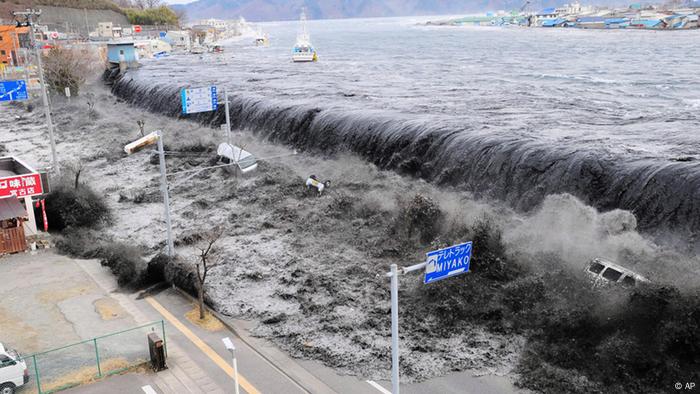
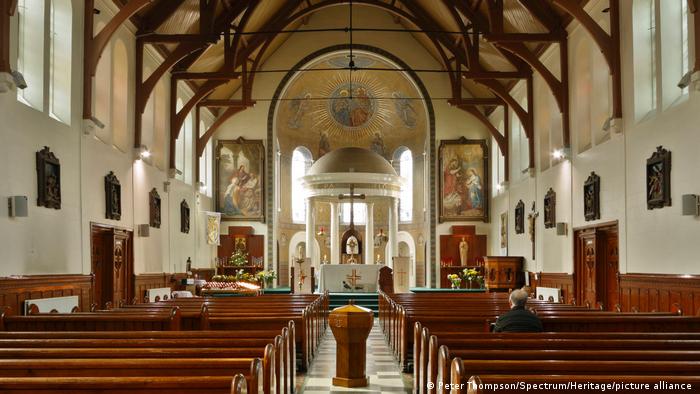
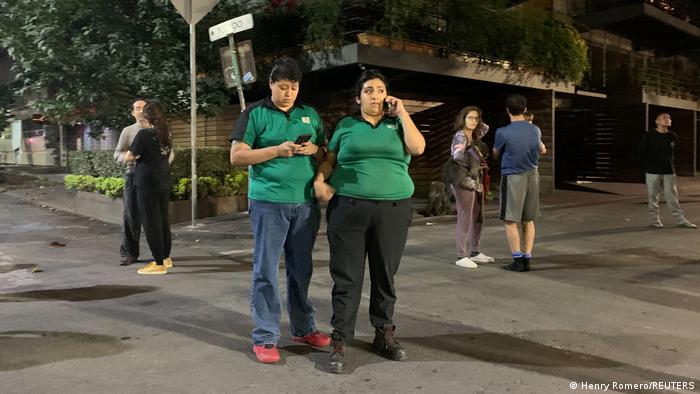

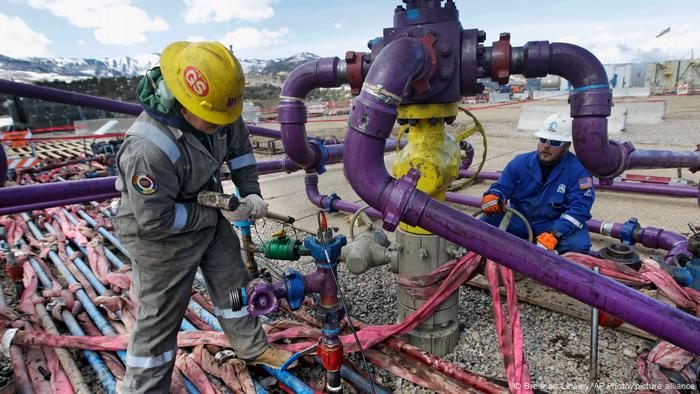
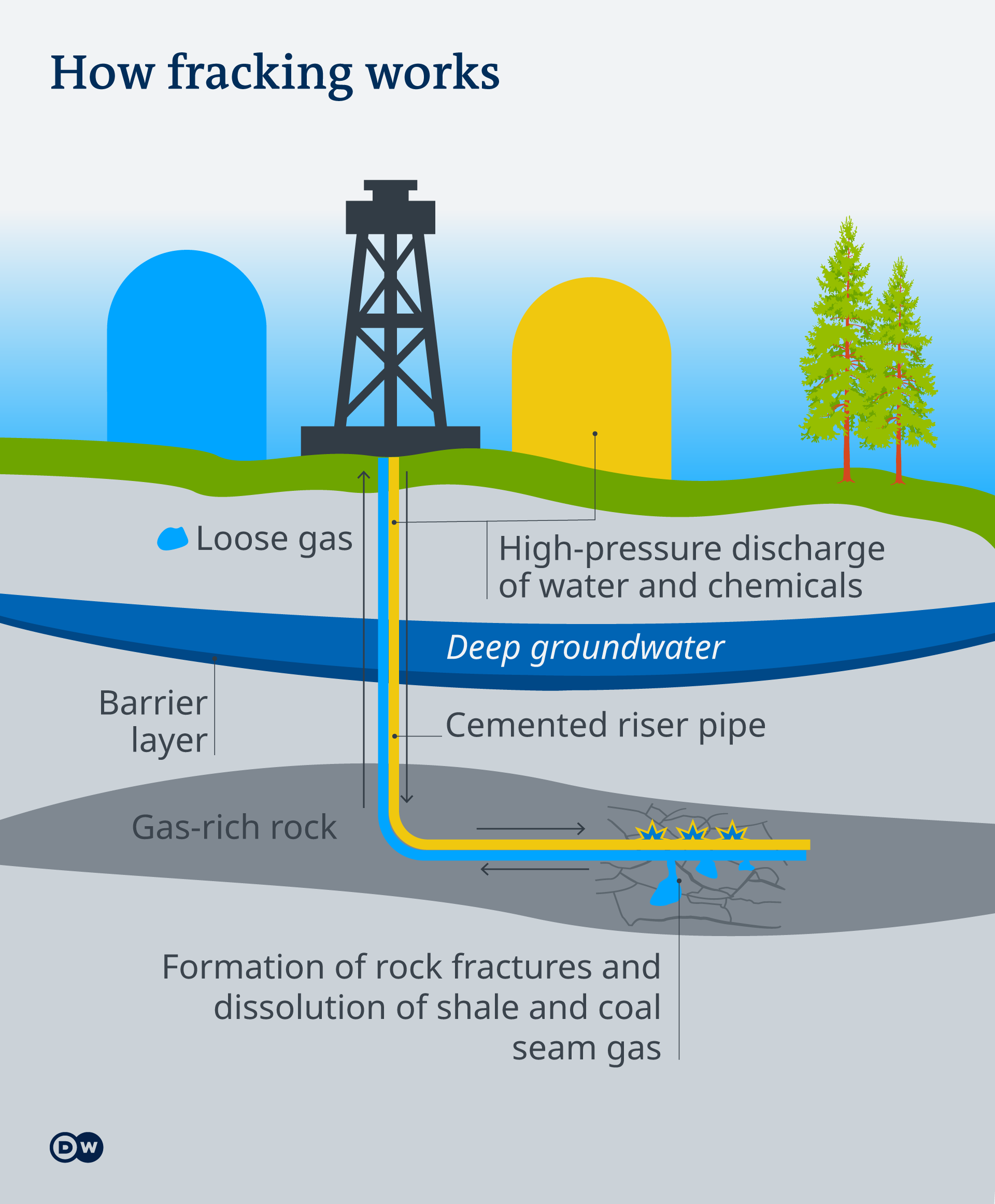
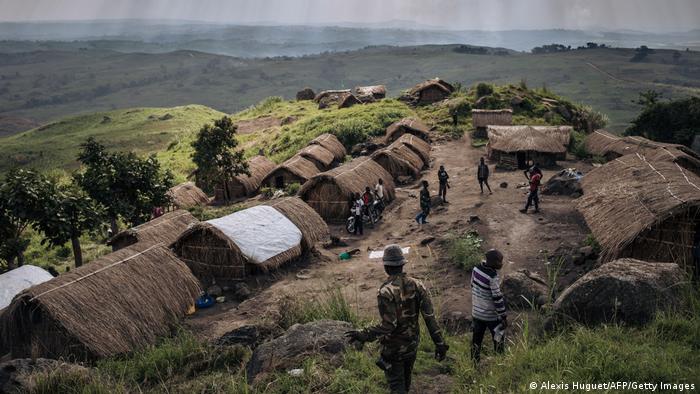
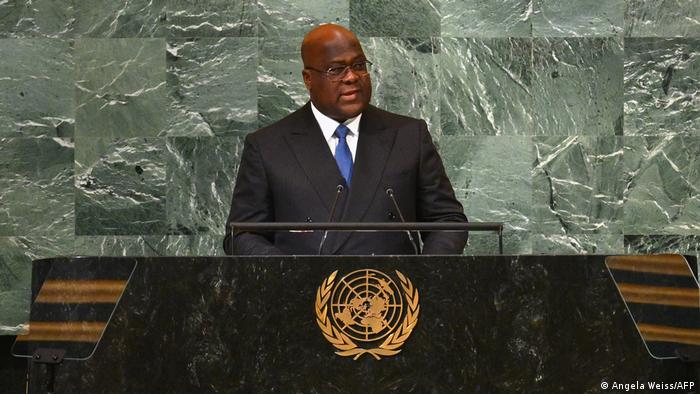 \
\